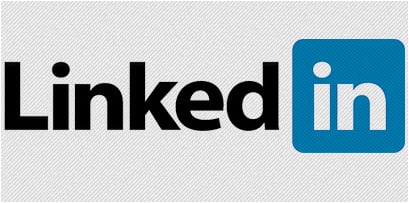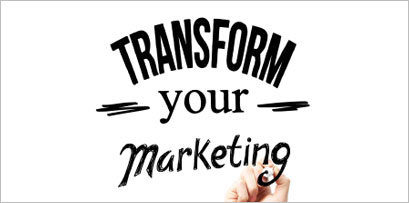Are you ready to take your digital marketing skills to the next level?
The best way to keep up with the latest marketing trends and technology is to invest in your own education. Stay ahead of the curve by attending marketing conferences and workshops and learning from thought leaders and industry professionals who share their insights, tips, and tricks to meet and exceed marketing goals.
But how do you decide which is right for you?
Well, that depends on what you want to learn and how you learn best.






 We meet with marketing professionals frequently and many are solely responsible for creating content for email, social media, blog and inbound marketing strategies. When we ask who and what departments these individuals work with to help generate ideas and stories for their channels, we oftentimes hear that the task never moves outside the marketing department or if it’s a one-person role, the marketing manager’s personal day-to-day responsibilities. Our question is always the same: If you don’t step outside your silo, how can you avoid quality and consistency issues, burnout or most importantly, tell the full story?
We meet with marketing professionals frequently and many are solely responsible for creating content for email, social media, blog and inbound marketing strategies. When we ask who and what departments these individuals work with to help generate ideas and stories for their channels, we oftentimes hear that the task never moves outside the marketing department or if it’s a one-person role, the marketing manager’s personal day-to-day responsibilities. Our question is always the same: If you don’t step outside your silo, how can you avoid quality and consistency issues, burnout or most importantly, tell the full story?





